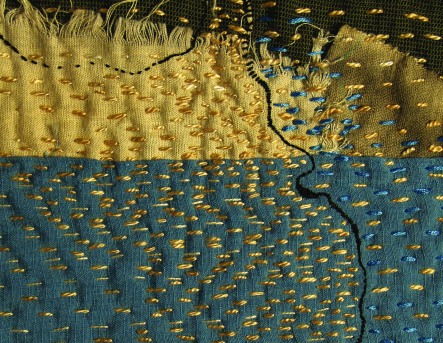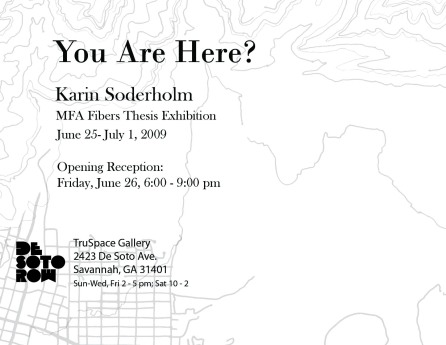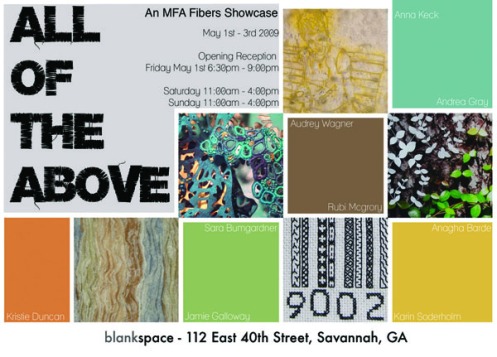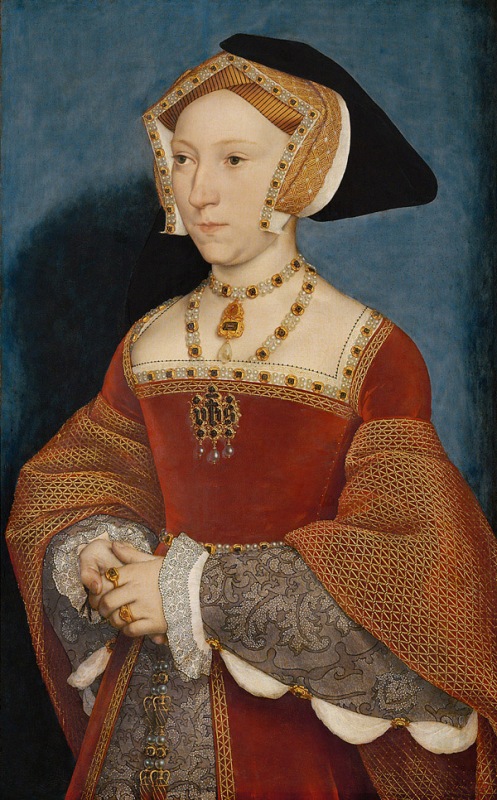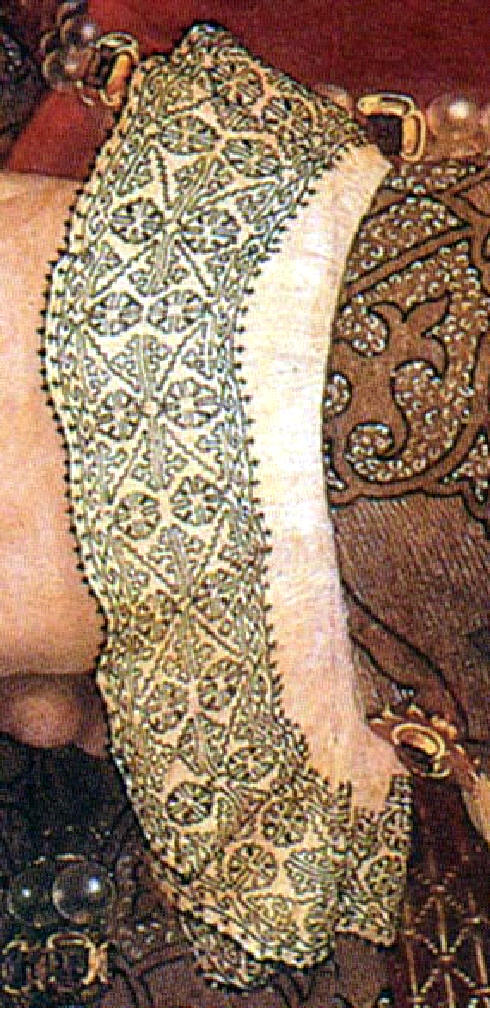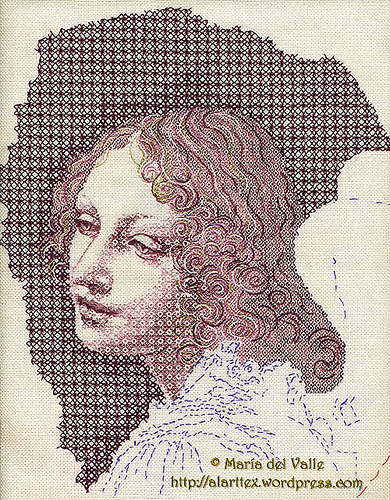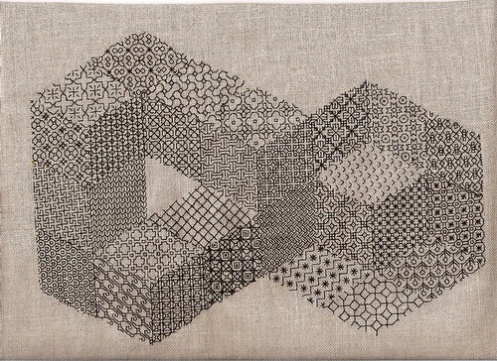A new show is opening at the PS122 Gallery (150 First Avenue, New York, NY 10009)

One of our fellow Stitch Spectacular artists, Emily Barletta is part of this show and passed along the information. This might be a little heady and a lot of text for a Friday afternoon, but it was so interesting to me that I decided to re- post the entire press release.
From Martha Lewis, Exhibition Curator:
Yarn Theory highlights the vibrant and deep interrelationship between the sciences, mathematics, crocheting and knitting. From mathematicians looking for clear and visual ways to model their theorem to home-knitters and artists looking to create unique sculptural objects, the world of contemporary yarn work is rife with cross-pollination between the disciplines. The explosion in the popularity of knitting and crochet has yielded an interest in using the medium to go far beyond sweaters, socks, and wearables, moving into the worlds of geometry, biology, natural sciences, pushing the medium’s sculptural boundaries.
Highlighting the work of some of today’s most interesting practitioners, Yarn theory juxtaposes installations and art objects made with a scientific or mathematical basis as a starting point, and with mathematical models and items made explicitly to explain or clarify abstract concepts, which end up being compelling aesthetic forms unto themselves. Because of their incremental structure, the crafted shapes often mimic growth systems found in nature. Such correlations are being explored by today’s needle workers, many of whom are also scientists and mathematicians professionally.
This exhibit contradicts the popular notion- recently made famous by Larry Summers, when he was acting president of Harvard University *- that women are not as good at math and science as men are. Knitting and crocheting -traditionally seen as an appropriate occupation for women and girls- intrinsically requires much calculation to create the expansions and contractions necessary to model a garment from a piece of yarn.
Even in its most traditional or most intuitive, yarn work processes such as colored patterning, lace- making, sweaters, etc. all make ample use of ideas and problems which share common ground within the fields of math and science. Both knit and crochet offer a way to make flexible surfaces, increase and decrease evenly and cleanly, forms which can fold into themselves, become endless loops, or spiral out exponentially.
The internet has provided a unique forum for interacting that has upped the ante in the exploration of the possibilities inherent in transforming a strand of fiber into an object. The level of quality, dialog and experimentation being displayed on-line are exceptional. This exhibit seeks to draw on that richness and to bring some of this profound and exciting world into our own community. Included in Yarn Theory are artists, scientists and practicing mathematicians. The work exhibited here references the worlds of geology, geography, topological mathematics, fractals, geometry, animal behavior testing, probability, human and marine biology, and physics. Yarn Theory seeks to contradict the idea that math and science are boring, un-sensual, and not enjoyable. The exhibit focuses on the connection between the calculated and theoretical, and it’s visual, tangible and tactile incarnation: the knitted and crocheted sculptural object.
Posted in gallery




